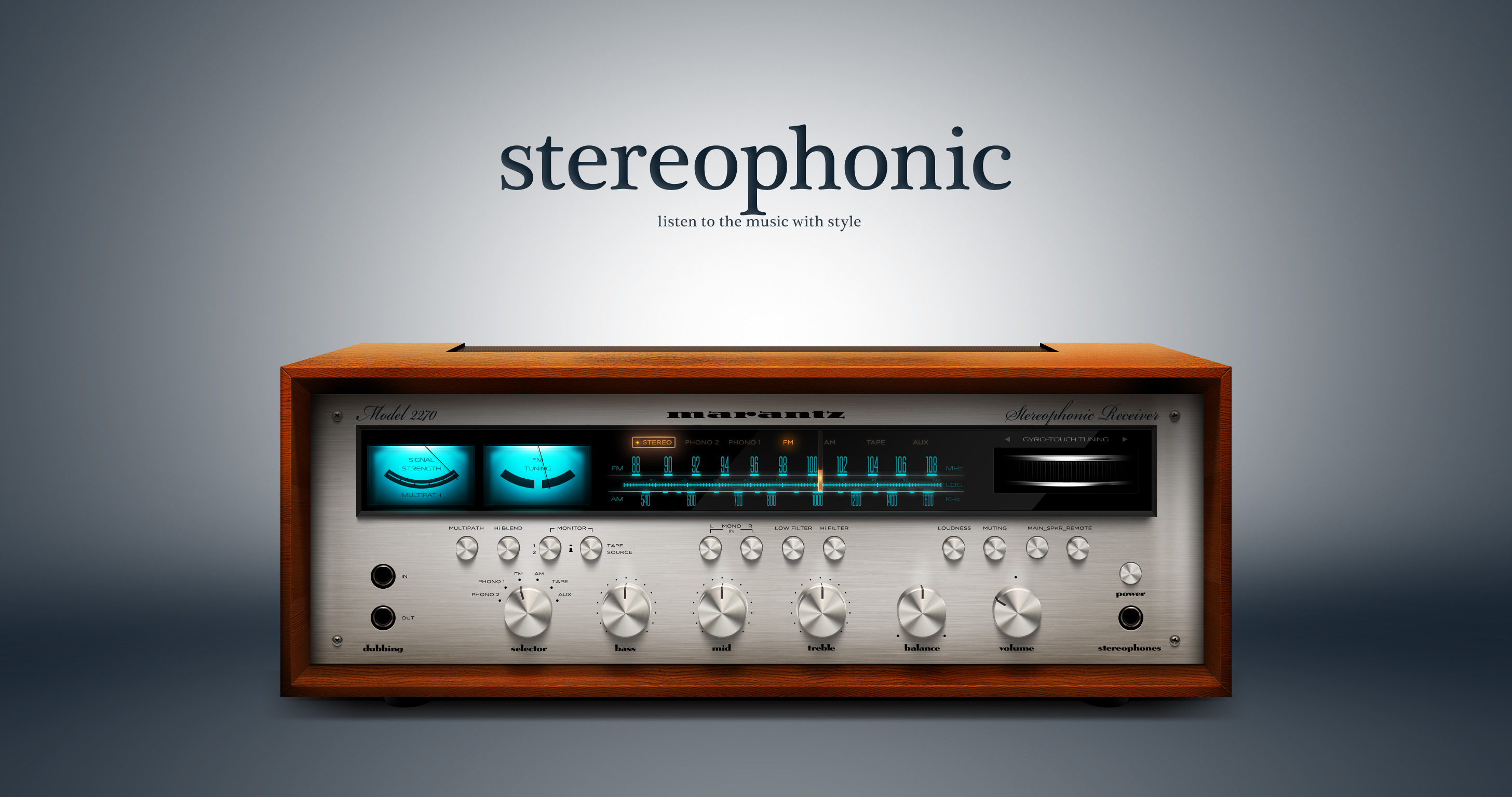Stereophonic Sound Systems

Stereophonic sound systems, often known as stereo systems, are designed to reproduce sound in a way that mimics the natural hearing experience. They employ multiple speakers placed strategically to create a sense of depth and directionality, providing a more immersive and realistic audio experience.
The principles behind stereophonic sound systems involve the concept of binaural hearing. Our ears are spaced apart, and each ear receives sound waves from a slightly different angle. The brain processes these differences in timing and intensity to determine the direction of the sound source. Stereophonic systems replicate this effect by placing speakers at different locations, creating a sound field that simulates the natural auditory experience.
Types of Stereophonic Sound Systems
There are various types of stereophonic sound systems, each with its own advantages and disadvantages:
- Two-channel stereo: The most basic type of stereophonic system, consisting of two speakers placed apart at a specific angle. It provides a good sense of stereo separation and is suitable for small to medium-sized rooms.
- Multi-channel stereo: Employs more than two speakers, typically five or seven, arranged around the listener to create a more immersive and enveloping sound experience. Multi-channel systems are often used in home theater setups and provide a wider soundstage and more precise localization of sound sources.
- Ambisonics: A more advanced stereophonic system that uses a higher number of speakers arranged in a sphere around the listener. Ambisonics systems aim to create a more natural and realistic sound field, mimicking the way sound propagates in the real world.
Advantages of Stereophonic Sound Systems
- Enhanced realism and immersion: Stereophonic systems provide a more realistic and immersive audio experience by simulating the natural way we hear sound.
- Improved sound localization: Stereo systems allow listeners to more accurately pinpoint the location of sound sources, creating a more engaging and interactive experience.
- Increased spatial awareness: Stereophonic systems provide a better sense of spatial awareness, making it easier to perceive the distance and direction of sound sources.
Disadvantages of Stereophonic Sound Systems
- Limited listening area: The optimal listening area for stereophonic systems is relatively narrow, and moving outside of this area can compromise the stereo effect.
- Speaker placement requirements: Stereophonic systems require careful speaker placement to achieve the desired soundstage and localization effects.
- Cost: Multi-channel stereophonic systems can be more expensive than traditional two-channel systems.
Stereophonic Recording Techniques

Stereophonic recording techniques involve capturing sound from multiple points in space to create a realistic three-dimensional sound experience. The two main techniques are coincident and spaced microphone techniques.
Coincident Microphone Techniques
Coincident microphone techniques use two microphones placed very close together, often in a single housing. This creates a natural stereo image with a narrow stereo field. The most common coincident technique is the XY technique, where the microphones are placed at a 90-degree angle to each other.
Spaced Microphone Techniques
Spaced microphone techniques use two microphones placed at a distance from each other, typically at least 1 meter apart. This creates a wider stereo field with a more spacious sound. The most common spaced technique is the AB technique, where the microphones are placed in a parallel arrangement.
Challenges and Considerations in Stereophonic Recording
Stereophonic recording presents several challenges, including:
– Microphone placement: The placement of the microphones is crucial for capturing a balanced and realistic stereo image.
– Phase cancellation: Phase cancellation can occur when sound waves from different sources reach the microphones at different times. This can result in a loss of clarity and definition.
– Ambiance: Capturing the natural ambiance of the recording space is important for creating a realistic sound experience.
Stereophonic Audio Equipment
Stereophonic audio equipment refers to the components and devices used to reproduce and enhance stereophonic sound. These systems typically consist of multiple speakers, amplifiers, and other components that work together to create a realistic and immersive audio experience.
The primary purpose of stereophonic audio equipment is to deliver sound from different directions, creating a sense of depth and spatial awareness. This is achieved by using two or more speakers placed at different locations, each reproducing a different channel of the audio signal.
Types of Stereophonic Audio Equipment
There are various types of stereophonic audio equipment, each serving a specific function within the system. Some of the most common types include:
- Speakers: Speakers are the primary components responsible for converting electrical signals into audible sound. In a stereophonic system, there are typically two or more speakers, each reproducing a different channel of the audio signal.
- Amplifiers: Amplifiers are used to increase the power of the audio signal, allowing the speakers to produce louder and more powerful sound. Amplifiers can be integrated into speakers or exist as separate components.
- Receivers: Receivers are the central hubs of stereophonic systems, combining multiple components and providing a user interface for controlling the system. Receivers typically include a tuner for receiving radio signals, inputs for connecting various audio sources, and controls for adjusting volume, balance, and other settings.
- Turntables: Turntables are used for playing vinyl records, a classic source of stereophonic audio. Turntables convert the mechanical vibrations of the record into electrical signals that can be amplified and played through speakers.
- Cassette Decks: Cassette decks are used for playing and recording audio cassettes, another popular format for stereophonic audio. Cassette decks convert the magnetic signals on the cassette tape into electrical signals that can be amplified and played through speakers.
- CD Players: CD players are used for playing compact discs, a digital format for stereophonic audio. CD players use lasers to read the digital data on the disc and convert it into electrical signals that can be amplified and played through speakers.
Manufacturers and Models
Numerous manufacturers produce stereophonic audio equipment, each with its own unique offerings. Some of the well-known brands include:
- Bose
- JBL
- Harman Kardon
- Yamaha
- Denon
Specific models of stereophonic audio equipment vary widely in terms of features, performance, and price. Some popular models include:
- Bose SoundLink Flex Bluetooth Speaker
- JBL Flip 6 Portable Bluetooth Speaker
- Harman Kardon Citation One MKIII Smart Speaker
- Yamaha MusicCast 20 Wireless Speaker
- Denon AVR-S760H AV Receiver